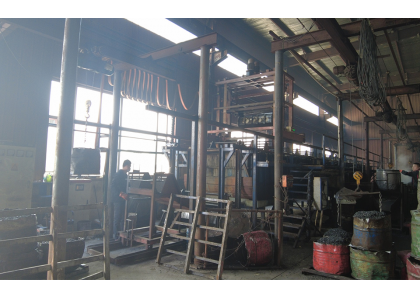
Screws need to be galvanized to improve their corrosion resistance. Hot-dip galvanizing is to soak the screw in molten zinc, and electrogalvanizing is to form a zinc layer on the screw through an electrochemical reaction.
First, why should the screws be galvanized?
Screw is a common fastener, widely used in construction, transportation, machinery and other fields. However, screws are susceptible to external environmental factors such as oxidation and corrosion, resulting in shortened service life and reduced performance. In order to improve their corrosion resistance, the screws need to be galvanized.
Second, the difference between hot dip galvanizing and electric galvanizing
1. Different processing principles
Hot dip galvanizing is to soak the screw in molten zinc and form a zinc-iron alloy layer on the screw surface through a chemical reaction. This layer has a strong fastness with the screw surface, which can effectively prevent the erosion of oxidation, corrosion and other factors, thereby improving the service life and safety performance of the screw.
Electrogalvanizing is the formation of a zinc layer on the screw by an electrochemical reaction. In the electrolytic cell, the screw is used as the cathode and the zinc salt solution is used as the anode. An electric current is applied to form a zinc layer on the screw surface. This zinc layer is thin and uniform, and can effectively prevent the erosion of oxidation, corrosion and other factors.
2. Different treatment effects
Hot-dip galvanized screws have strong corrosion resistance and mechanical strength, and are suitable for occasions with high corrosion protection requirements, strong corrosion environment or high mechanical properties. However, the surface of the screws treated by hot-dip galvanizing is slightly rough and vulnerable to mechanical impact and spalling.
Electrogalvanizing screw surface is smooth, smooth, beautiful appearance, suitable for high appearance requirements, anti-corrosion requirements are not very high occasions. However, the screws treated with electrogalvanizing are easy to cause problems such as zinc layer falling off, oxidation and corrosion after a long time of use.